South African gamers who are primarily interested in keeping their console or PC running during load-shedding can buy a portable power station or inverter trolley for a much lower price than a fully-fledged backup system.
The latest top-end gaming consoles — the PlayStation 5 and Xbox Series X — have peak power ratings of 350 watts and 315 watts, respectively.
When combined with a large-screen TV over 50 inches in size, a gaming session on one of these systems can easily pull 400–500Wh per hour.
With the typical 5kWh battery of an entry-level solar-linked system, you could play for 10 hours before running out of juice.
However, stage 1 to stage 4 load-shedding slots only last two hours in many parts of South Africa.
In certain parts, it is only from stage 5 onwards where four-hour slots come into play.
That means a 1,000Wh backup will be sufficient to carry many consoles gamers’ systems and TVs through one of the power cuts.
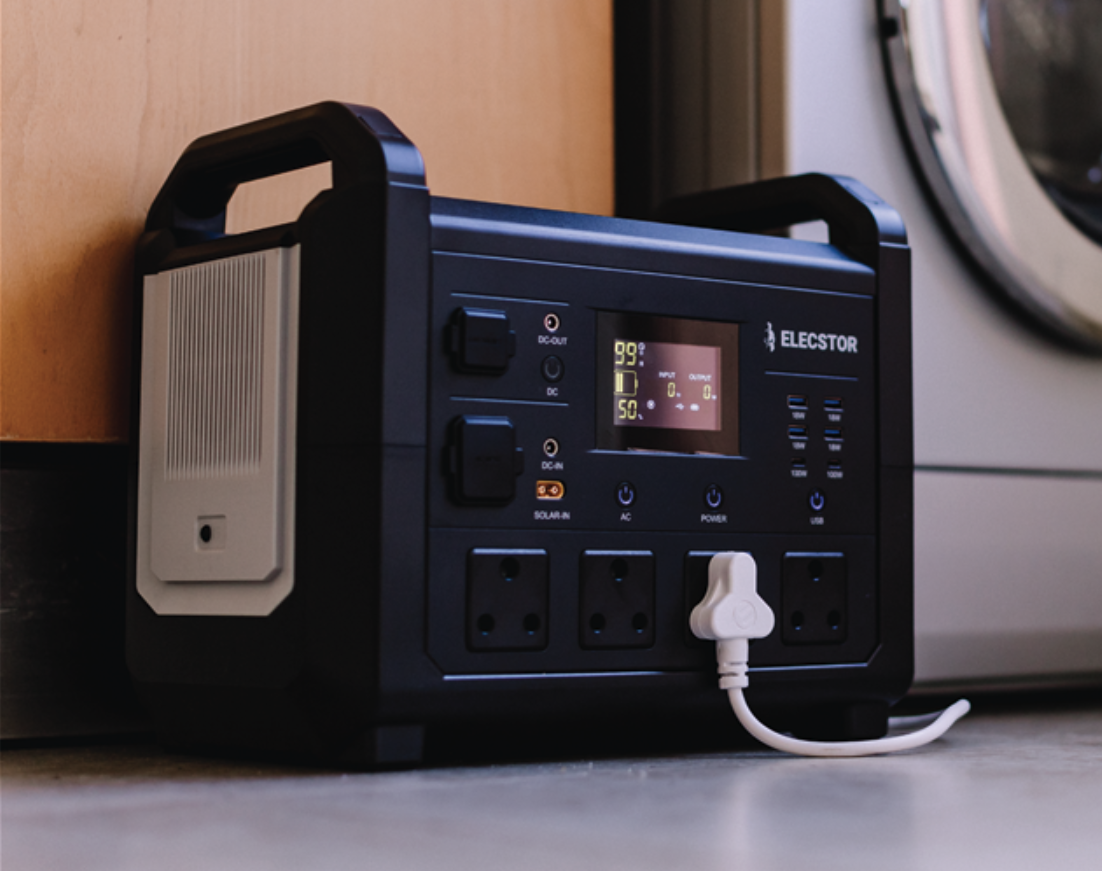
For PC gamers, determining power draw is a bit more complex.
Gaming PCs can have widely varying power consumption depending on the components they use.
The two pieces of hardware in a gaming PC that require the most power are the graphics card and processor.
These parts do most of the heavy lifting when it comes to rendering the visuals of a game world and registering how you interact with it.
The power usage will also vary depending on how performance-demanding the titles you play might be and can fluctuate due to changes in in-game events.
For some ballpark figures, we determined the power profiles of three gaming systems of varying performance levels using Newegg’s Power Supply calculator.
There might also be other components used in conjunction with the system that don’t use the power supply, like a monitor.
The consumption of a monitor can differ based on its size, but even larger high refresh rate screens from leading manufacturers only consume around 50W.
The table below shows the estimated peak power consumption of an entry-level, mid-tier, and premium gaming PC, paired with 24-inch, 27-inch, or 34-inch gaming monitors.
| Estimated peak power consumption of gaming systems | |||
| Entry-level | Mid-tier | Premium | |
| Internal hardware specifications | AMD Ryzen 5 5600X AMD Radeon RX 7600 16GB DDR4 1TB NVMe SSD |
Intel Core i7-14700K Nvidia GeForce RTX 4070 Ti Super 32GB DDR5 2TB NVMe SSD |
Intel Core i9-14900KF Nvidia GeForce RTX 4090 64GB DDR5 4TB NVMe SSD |
| Monitor | Samsung G3 Odyssey 24-inch FHD LCD (25W) | Samsung G5 Odyssey 27-inch QHD LCD (48W) | Samsung G5 Odyssey 34-inch ultra wide QHD LCD |
| Combined peak power usage | 425—525W | 648—748W | 855—955W |
When it comes to choosing an appropriate power station or power trolley for the types of systems listed above, it is important to distinguish between maximum power output and storage capacity.
The maximum power — which should be shown in watts or kilowatts — indicates the highest amount of electricity the system can provide at a given time when sufficient charge is available.
Your chosen station must support enough output for your system’s peak demand.
The storage capacity — shown in watt-hours or kilowatt-hours — reflects how much power the station can consistently provide over an hour.
If a station has 1,000Wh or 1kWh of capacity, for example, a PC with a peak 500W power draw will be able to run on it for at least two hours.
When it comes to power trolleys, it is also important to watch out for cheaper systems that have lead-acid batteries instead of lithium-ion.
While more affordable, lead-acid batteries have much fewer lifecycles and poor depth-of-discharge ratings. In the long run, replacing them will cost much more than buying a lithium battery from the start.
The ideal is a lithium-ion phosphate (LiFePO4) battery, which has a type of chemistry providing even more cycles than regular lithium-ion while also being safer.
The table below lists several power stations and inverter trolleys with sufficient battery capacity to last through at least two hours of load-shedding on an entry-level gaming system.
| Power stations for gaming consoles and PCs | ||||
| Model (maximum output/storage capacity) | Price | Entry-level PC or gaming console | Mid-tier PC | Premium PC |
| Axpert Type Inverter trolley 720W/1,280Wh | R9,990 (GeeWiz) | 2.5 hours | 2 hours | Max power too low |
| Elecstor 1,500W/1,485Wh | R9,999 (Evetech) | 3 hours | 2.25 hours | 1.5 hours |
| Gizzu Challenger Pro 1,000W/1,120Wh | R10,999 | 2 hours | Under 2 hours | 1 hour |
| Gizzu Hero Max 1,000W/1,024Wh | R12,499 (Incredible) | 2 hours | Under 2 hours | 1 hour |
| Ecoflow Delta 1,800W/1,260Wh | R11,979 (Takealot) | 2.5 hours | 2 hours | 1.25 hours |
| Axpert Type Inverter Trolley 720W/2,560Wh | R13,990 (GeeWiz) | 5 hours | Under 4 hours | Max power too low |
| GeeWiz portable UPS 2,200W/2,000Wh | R17,995 (GeeWiz) | 4 hours | 3 hours | 2 hours |
| Mecer Inverter Trolley 1,440W/2,56oWh | R15,999 (GeeWiz) | 5 hours | Under 4 hours | Under 3 hours |
| Switched 3,000W Solar Power System 3,000W/3,072Wh | R19,999 (Incredible) | 6 hours | 4 hours | 3 hours |
| Mecer Axpert Type Inverter Trolley 3,000W/5,120Wh | R24,995 (GeeWiz) | 10 hours | 7 hours | 5 hours |

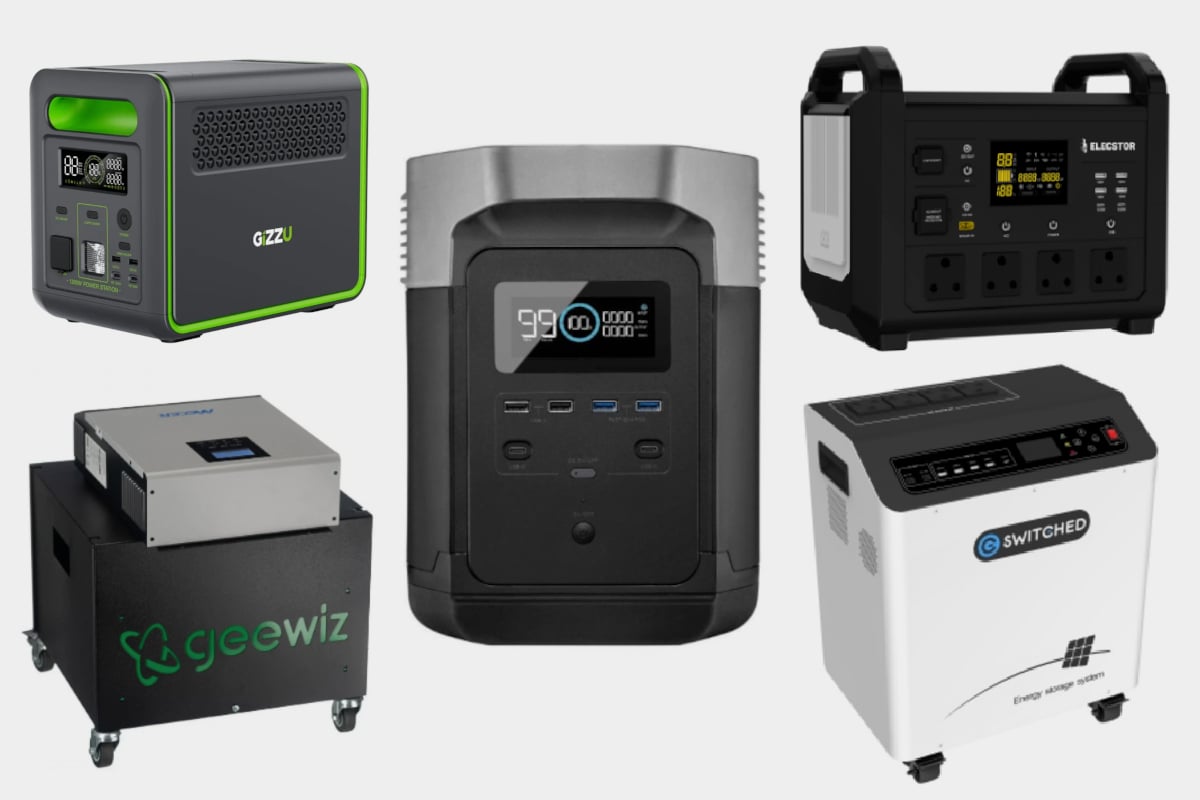

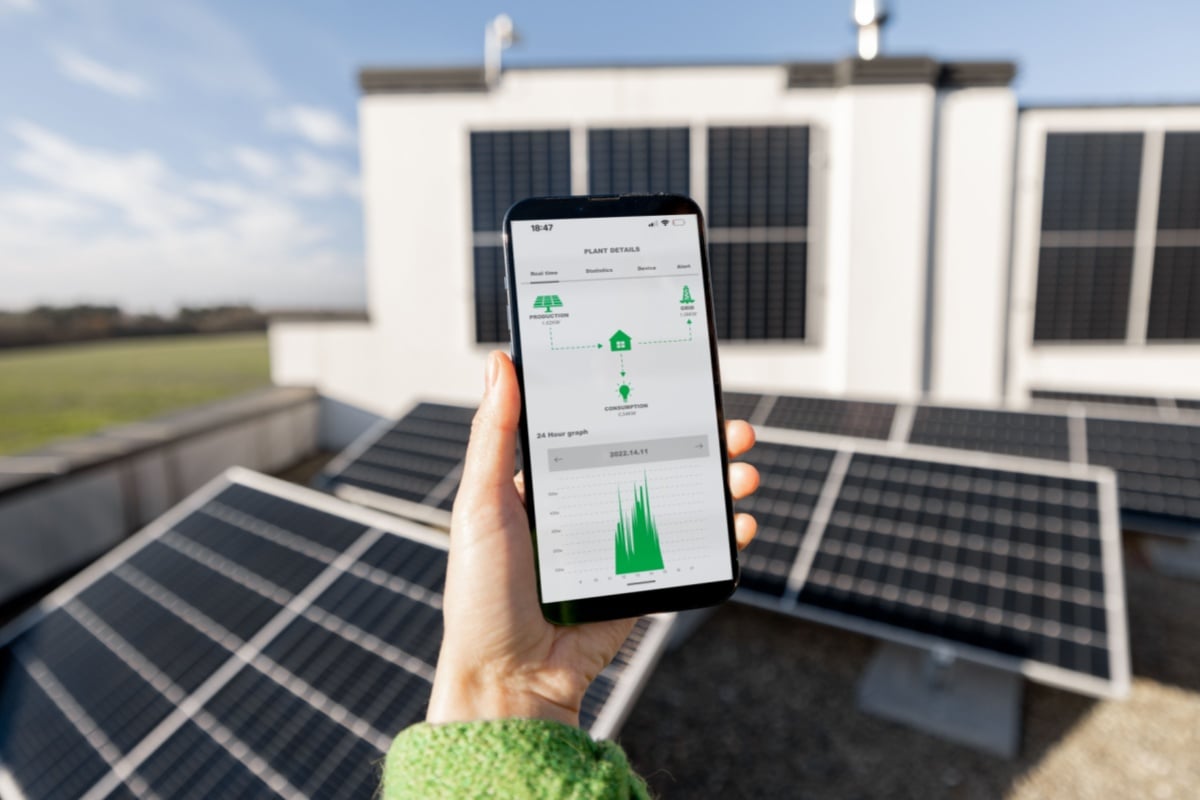




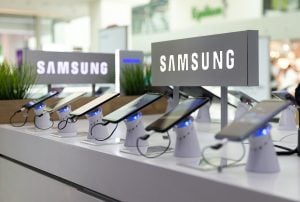
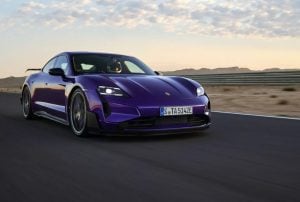




Join the conversation Autoload comments
Comments section policy: MyBroadband has a new article comments policy which aims to encourage constructive discussions. To get your comments published, make sure it is civil and adds value to the discussion.